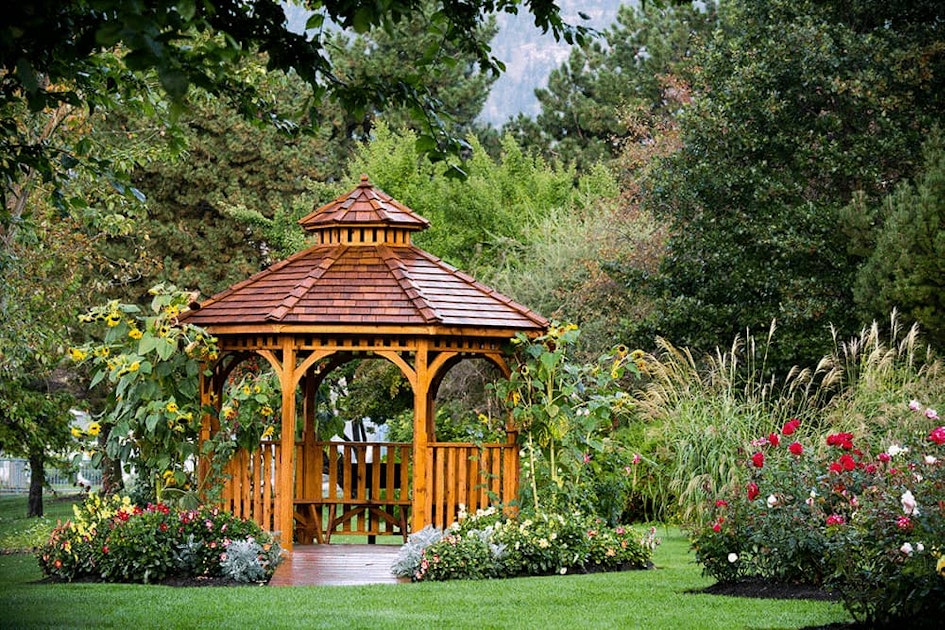Does your property have a detached structure such as a fence, deck, pool, etc.? If so, ensure your homeowner's policy has adequate coverage limits.
Your homeowner’s insurance policy protects you from having to pay on your own for damage to your home caused by fire, wind, smoke, and other causes. However, your home might not be all you have to worry about. Does your property have a gazebo? A deck? A pool? An outside kitchen? A shed? A fence? If you answered “yes” to any of these, the good news is that your policy covers those structures, too. The real question then becomes whether it’s providing enough insurance to cover the cost of rebuilding or repairing them.
The standard Insurance Services Office (ISO) Homeowners 3 – Special Form, which many insurance companies include in their policies, covers “other structures” on the grounds where the home sits. The insurance company will consider a structure to be an “other structure” and not part of the house if it is separated by clear space from the house. They will also consider it to be separate if it is connected to the house only by a fence, utility line or something similar.
It is common for a policy to insure all of these structures for an amount equal to 10% of the amount of insurance on the house. For example, if the policy provides $300,000 coverage on the house, it will provide $30,000 for other structures. Whether that will be enough depends on how much it will cost to repair or replace them, and how many there are.
If a home has a stockade fence, a large deck, and a shed, the cost of replacing all of them after a fire may wipe out the amount of insurance. Actual cash value is typically the cost of replacing an item minus an amount for depreciation. If a 10-year-old fence would cost $10,000 to erect today, and it has a useful life of 15 years, the insurer can deduct two-thirds of that amount from the $10,000. The result is approximately $3,333. The company would compare that to the cost of repair. If repairing it would cost more, the insurer would pay the lower amount.
The ISO form does not cover damage to a fence, patio, pavement, swimming pool, pier, wharf or dock that results when water or ice freezes, thaws, puts pressure on or puts too much weight on them.























